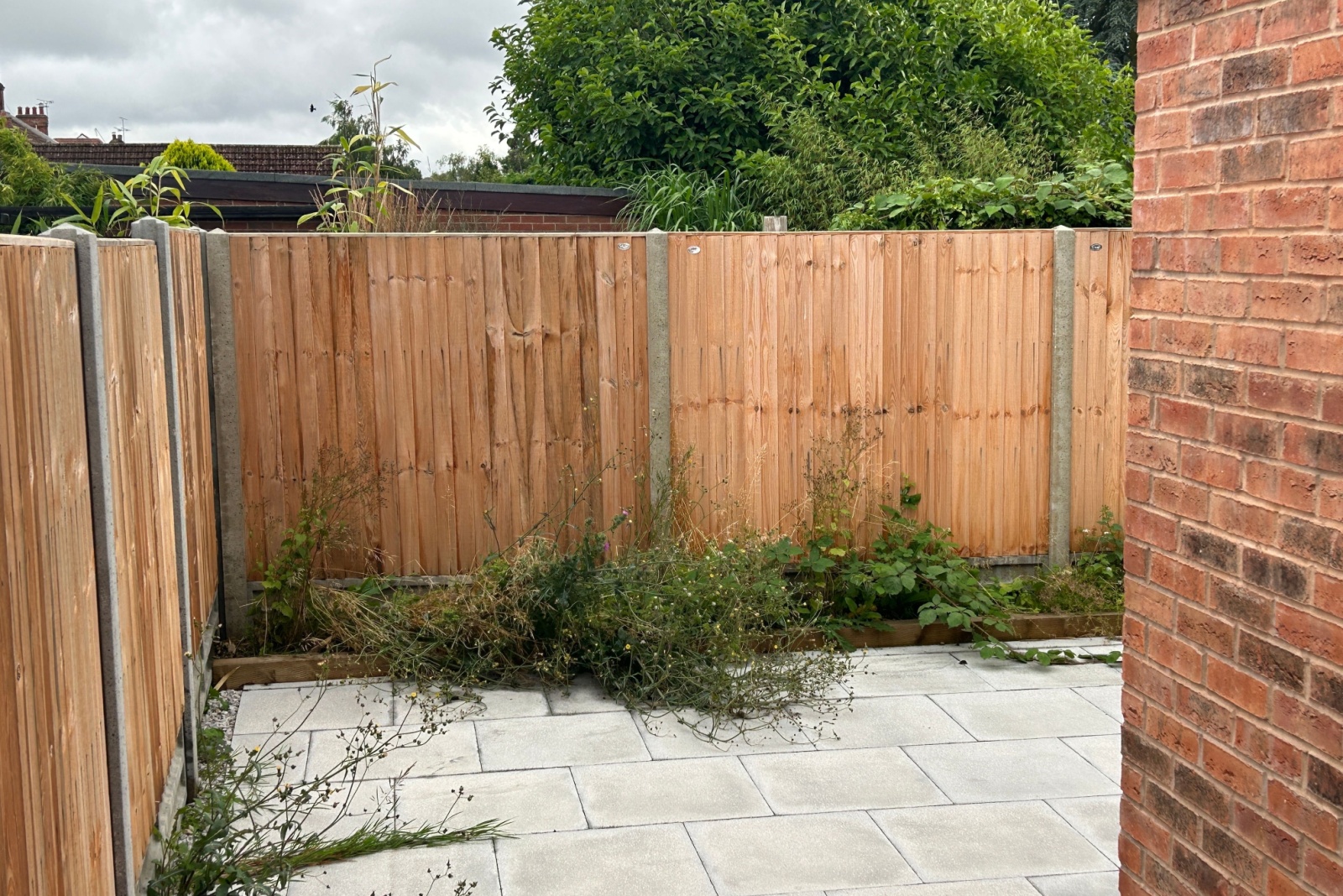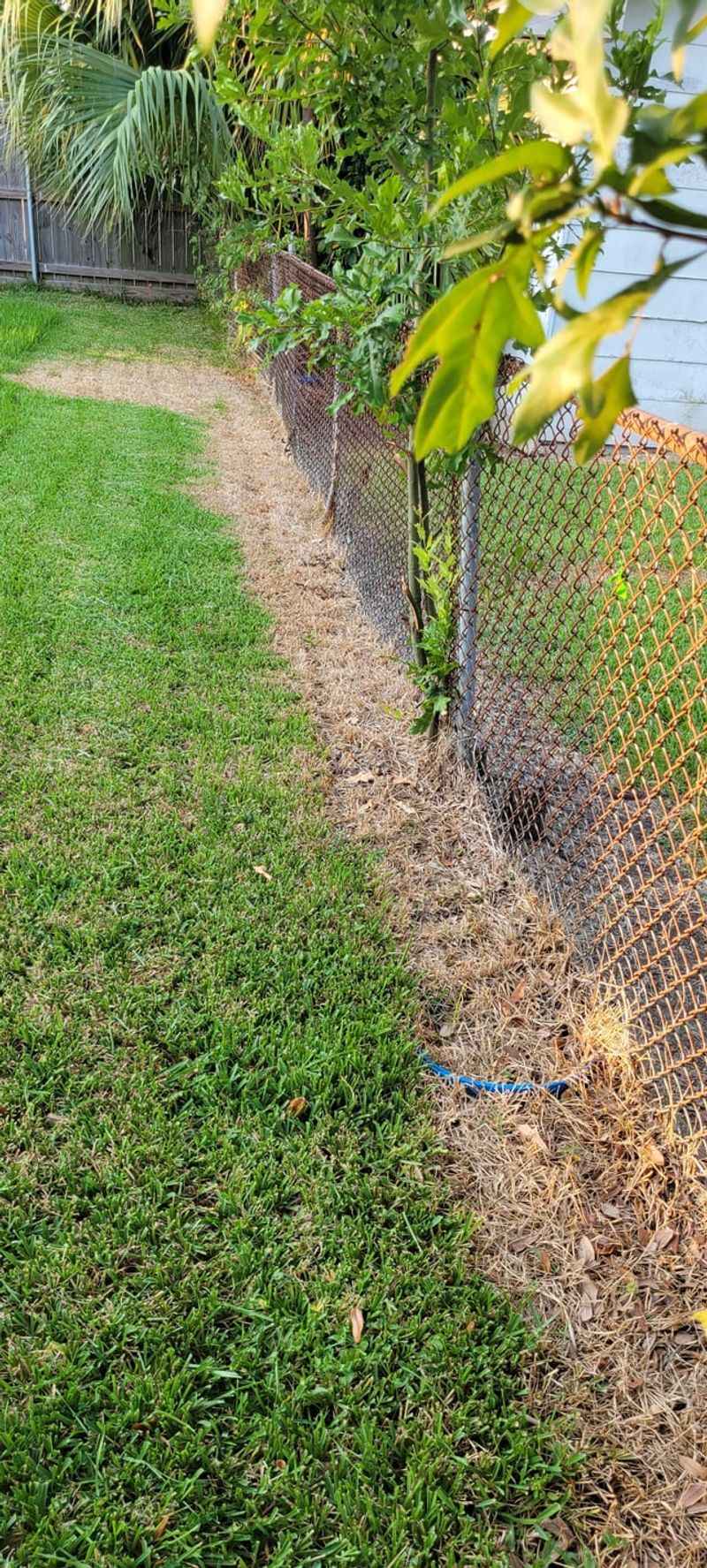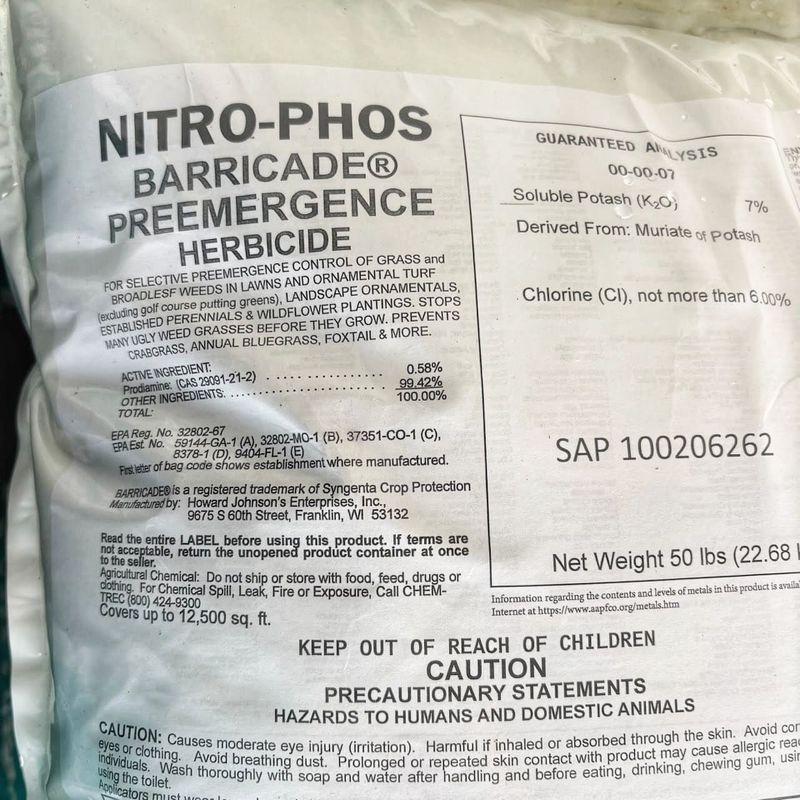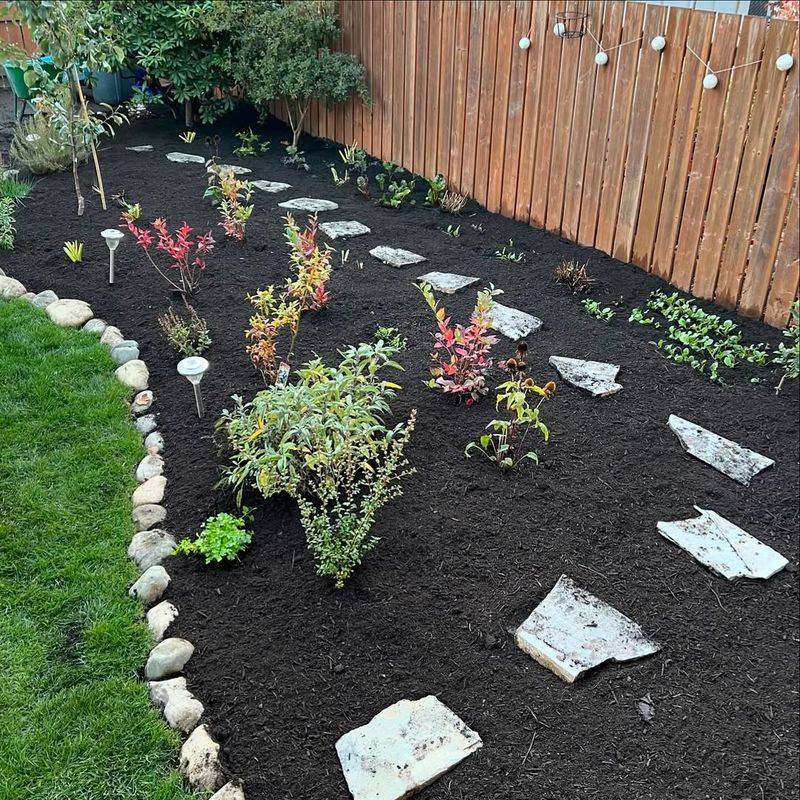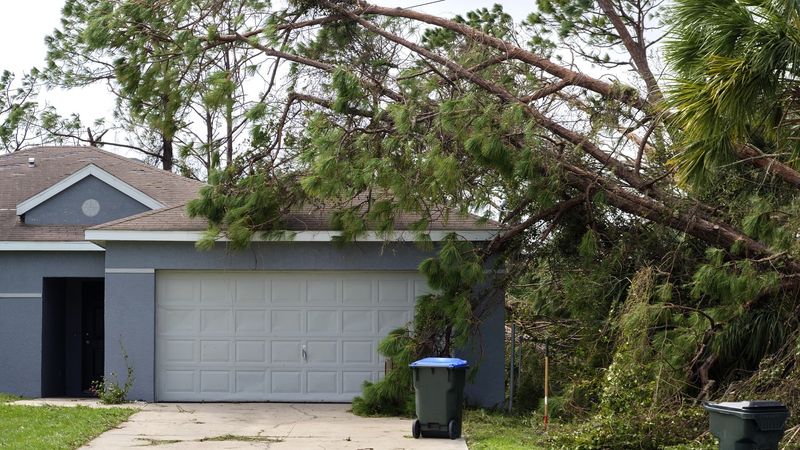Dealing with weeds spilling over from your neighbor’s yard can feel frustrating, especially when you work hard to keep your own lawn looking great. In Texas, where yards are big and property lines sometimes blur, this problem affects many homeowners.
Luckily, there are smart, friendly ways to tackle this issue without starting a feud or breaking the bank.
1. Start With A Friendly Chat Over The Fence
Sometimes your neighbor might not even realize their weeds are invading your space. Walking over for a casual conversation can work wonders. Approach them with kindness, not accusations, and mention what you’ve noticed.
Most people appreciate a heads-up and will be happy to help fix the problem. Keep the tone light and neighborly—you might even offer to help them tackle the weeds together. Building goodwill now can prevent bigger headaches later.
2. Install A Physical Barrier Along Your Property Line
Creating a solid boundary can stop weeds before they reach your lawn. Consider installing landscape edging, metal barriers, or even a row of pavers buried a few inches deep. These materials block root systems from spreading underground.
Plastic or metal edging works great for most common Texas weeds like dandelions and crabgrass. Make sure the barrier goes at least six inches below ground. This simple fix protects your yard while looking neat and tidy along the border.
3. Apply Pre-Emergent Herbicide Along The Border
Stopping weeds before they sprout saves you tons of effort later on. Pre-emergent herbicides create an invisible shield in the soil that prevents weed seeds from germinating. Apply it along your property line in early spring and again in fall for best results.
Choose products labeled safe for Texas lawns and follow the directions carefully. This method won’t harm existing grass but keeps new weeds from taking root. It’s like setting up an invisible fence against unwanted plants.
4. Maintain A Thick, Healthy Lawn As Your First Defense
Dense grass naturally crowds out weeds, making it harder for them to establish roots in your yard. Regular mowing, proper watering, and seasonal fertilizing keep your lawn strong and competitive. Thick turf leaves no room for invaders to settle in.
Focus extra attention on the border areas where weeds try to sneak through. Overseed thin spots and water deeply but less frequently to encourage deep root growth. A robust lawn acts like armor against creeping weeds from any direction.
5. Create A Mulched Buffer Zone Between Properties
Planting a border garden with thick mulch creates a beautiful barrier that weeds struggle to penetrate. Choose low-maintenance Texas natives like lantana, salvia, or ornamental grasses for the buffer. Layer three to four inches of mulch around the plants to smother weed seeds.
This approach adds curb appeal while solving your problem naturally. The mulch blocks sunlight that weeds need to grow, and your plants fill the space completely. It’s both practical and pretty—a win-win solution.
6. Know Your Rights Under Texas Property Laws
Texas law gives homeowners certain protections when neighboring properties create problems. While you can’t force someone to maintain their yard in most areas, you can address weeds crossing onto your land. Document the issue with photos and dates if it becomes serious.
Some Texas cities have ordinances about overgrown lots and noxious weeds. Check with your local code enforcement office to understand your options. Having this knowledge helps you take appropriate action if friendly approaches don’t work.
7. Partner With Your Neighbor On Shared Weed Control
Why not team up and tackle the problem together? Suggest splitting the cost of a lawn service to treat both yards along the shared border. Many companies offer discounts for treating multiple properties at once.
You could also coordinate your weed control schedules so treatments happen simultaneously for maximum effectiveness. Working together builds community spirit while solving the issue more efficiently. Plus, shared responsibility often means better long-term results for everyone involved. Cooperation beats confrontation every time.

